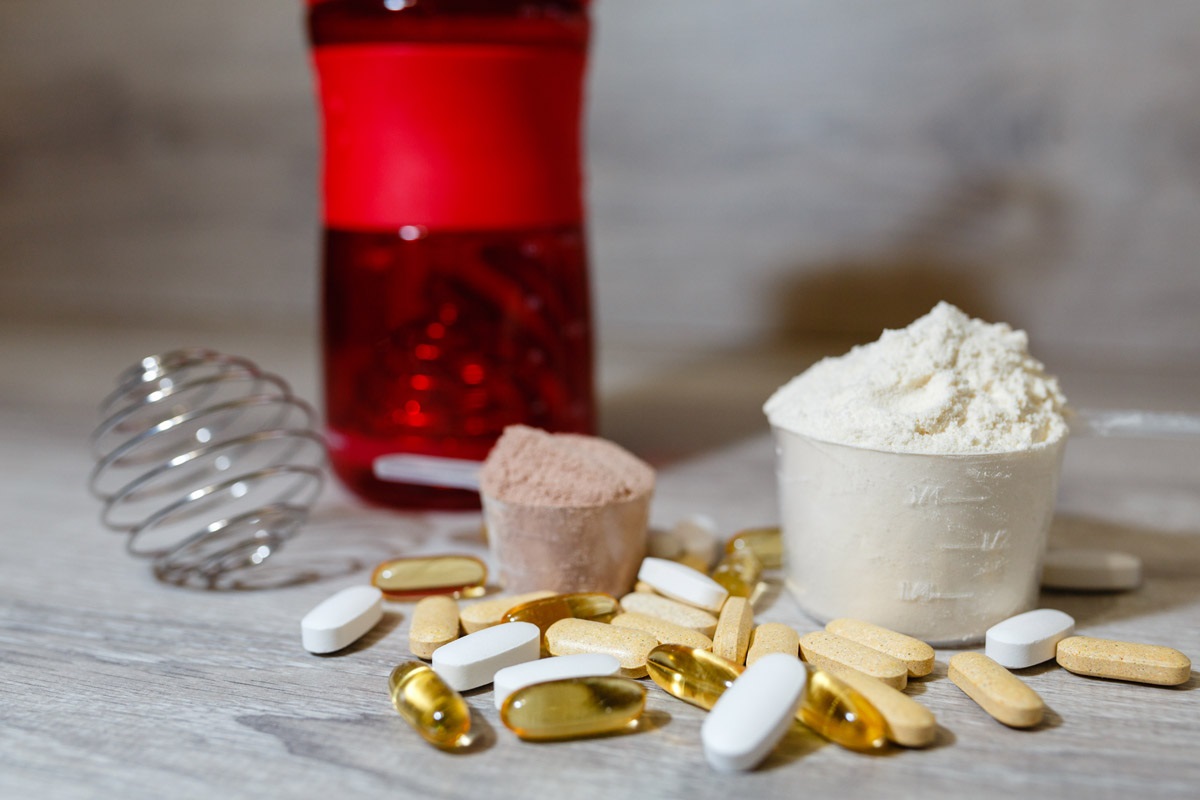How testosterone boosters differ from steroid use and hormone therapy?

As men seek to boost lagging testosterone levels, they are faced with various options that aren’t always clearly distinguished. Boosting testosterone, taking anabolic steroids, and replacing it with testosterone are three methods for increasing testosterone. The T-booster is a supplement that stimulates the body’s natural production of testosterone. Vitamin D3, K2, magnesium, zinc, fenugreek, D-aspartic acid, and Tribulus Terrestris are common testosterone booster ingredients. Capsules, powders, and liquid supplements are available. Testosterone boosters are widely available over-the-counter as dietary supplements that don’t require a prescription. They’re marketed to men who are experiencing declines in testosterone. analysis of hone health trt support claim increased muscle growth, fat loss, mood enhancement, energy boosts, and boosted sexual drive. Under doctor’s supervision, moderate use of these products is generally considered safe.
How do they differ from steroids?
The male hormone testosterone is synthesized into anabolic steroids. They are illegal to use without a prescription and banned in most competitive sports. Some common steroids include testosterone, Dianabol, Deca Durabolin, Winstrol, and trenbolone. A cream or gel is applied topically, taken orally, or injected intramuscularly. Their primary desired effect is extreme muscle growth well beyond what could be achieved with training and nutrition. Protein synthesis, nitrogen retention, and hypertrophy in skeletal muscles are rapidly increased as a result of steroids’ direct binding to androgen receptors. It makes them highly potent and fast-acting. But steroids introduce considerable health risks that are not associated with over-the-counter testosterone boosters.
In contrast, testosterone boosters use natural ingredients in smaller doses that aim to nudge the body’s endogenous testosterone production back to a healthy level. They do not contain synthetic testosterone or other hormones that could significantly disrupt the body’s natural balance. Proper cycling and dosage are still important with testosterone boosters to prevent side effects. Using them under medical supervision is much safer than using illicit steroids.
How do they compare to testosterone replacement therapy?
Testosterone replacement therapy (TRT) involves directly administering testosterone via injections, gels, patches, or other delivery methods. It is a medically sanctioned treatment prescribed by doctors to help men with clinically low testosterone levels. Candidates for TRT include men under age 65 with total testosterone levels consistently under 300 ng/dL. Bringing testosterone levels back up to normal through TRT help alleviate these hypogonadism symptoms. The goal of TRT is hormone restoration, not enhancement beyond the natural range. Potential side effects are similar to anabolic steroids if not controlled. Testosterone boosters differ in that they are readily available supplements taken gently to boost testosterone production. They do not aim to increase testosterone levels outside the normal range as TRT does.
But some older men with bona fide hypogonadism do not get sufficient results from using over-the-counter testosterone boosters alone. For these men, TRT under a doctor’s care can bring testosterone back up from abnormally low levels. Younger men seeking physical enhancement rather than medical treatment do not require actual testosterone therapy. For them, a correctly cycled testosterone booster provides a moderate lift without disrupting hormones to supraphysiological levels. Monitoring by a physician is still prudent to avoid overdoing it.







